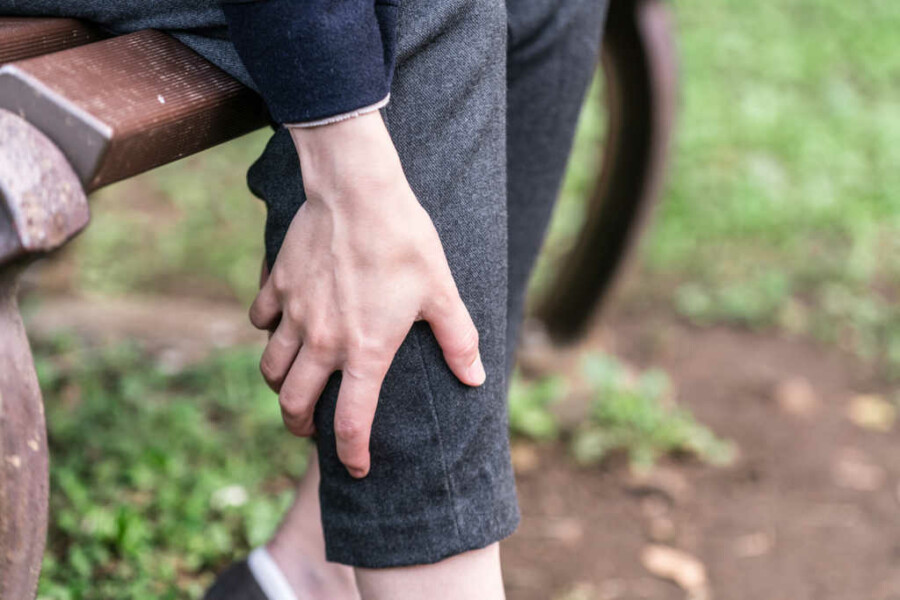Why Do My Varicose Veins Itch?

Your varicose veins may cause an uncomfortable, itching sensation, but you don’t have to suffer. Here’s why your varicose veins itch and what you can do about it.
Varicose veins can be painful and unsightly, but they have some other unexpected symptoms as well. In addition to causing discomfort and making your legs feel bloated and heavy, they can also make your skin itch.
Itching is a commonly associated with varicose veins, but many people wonder what causes this symptom. Learn more about why varicose veins may itch and what you can do to manage the irritation.
What Causes Varicose Vein Itching?
Varicose veins are generally located close to the skin’s surface. Their valves are damaged and therefore have trouble pumping blood back toward the heart. Because these veins are not functioning properly, your body goes into overdrive trying to fix the problem.
Part of the body’s response is hormonal, and some of these hormones — especially histamine, which is also released when the skin has an allergic reaction — cause itching. As your body floods the affected area with histamine, your brain interprets the hormone’s presence as an itch.
Itchy veins make you want to scratch, but this can actually make your condition worse. When you scratch, you’re traumatizing the vein (which is already close to the skin). The more you do it, the more you damage the vein, and the more histamine and other hormones your body sends to help. Of course, this just makes the itching even worse.
How to Soothe the Irritation
One of the best things you can do for itchy varicose veins is not scratch them. It might be difficult, but leaving the skin alone is the simplest way to break the cycle of irritation. Beyond that, it’s critical to address the underlying problem, which is the varicose veins themselves.
To manage your symptoms, make sure you get plenty of exercise. When you move around regularly, the large muscles in your legs can contract and help the the veins and valves push the blood back up to the heart. It’s also helpful to wear compression stockings, which are tighter at the bottom than the top, and can therefore help the blood get back to heart. If you’re resting or lying down, be sure to keep your feet elevated — let gravity help out your veins as much as possible.
Perhaps the most important thing is to regularly visit a vein specialist. They can diagnose your condition and give you strategies for dealing with the discomfort, as well as recommend long-term treatment options like laser ablation or sclerotherapy. Contact the Center for Vein Restoration today to set up an appointment.